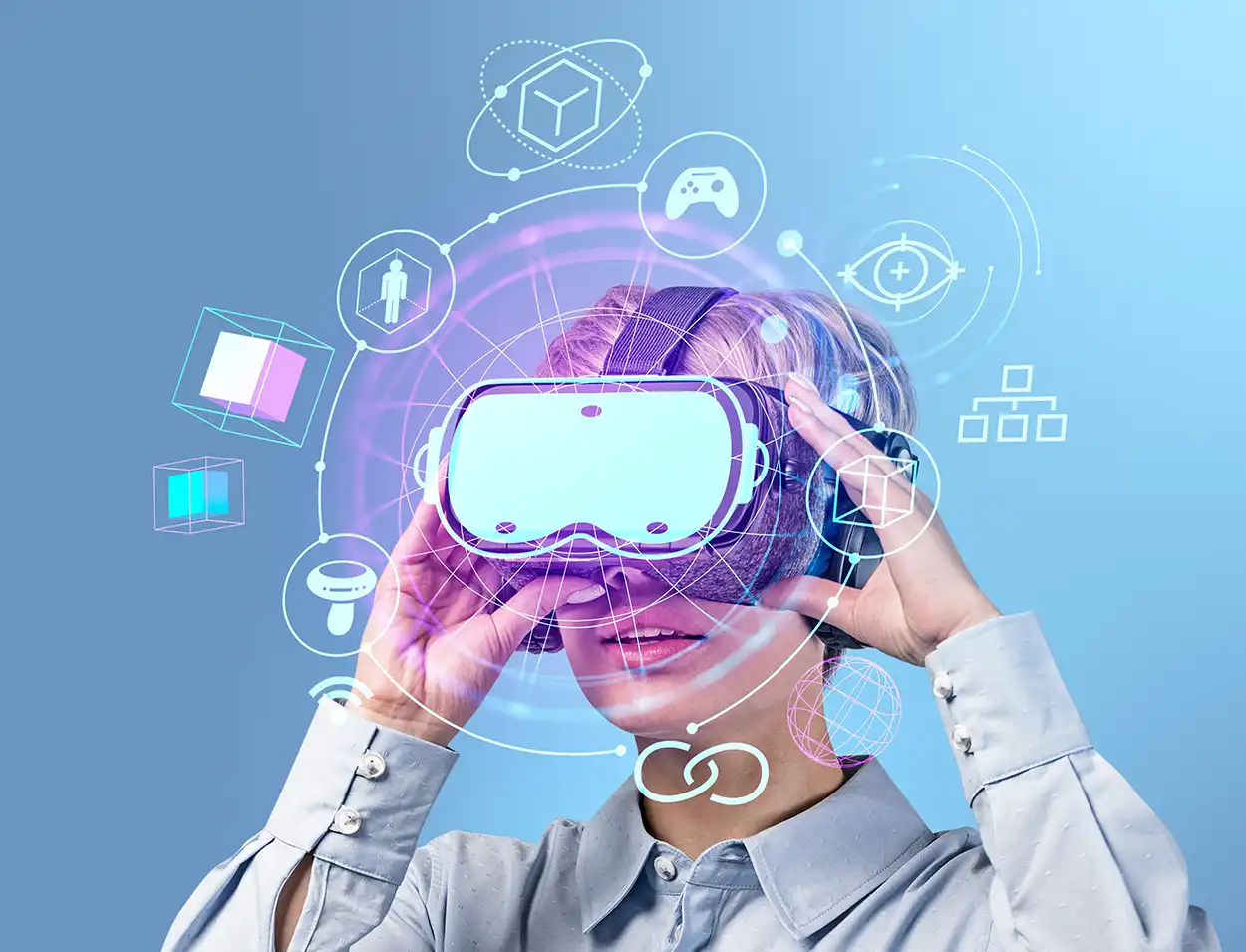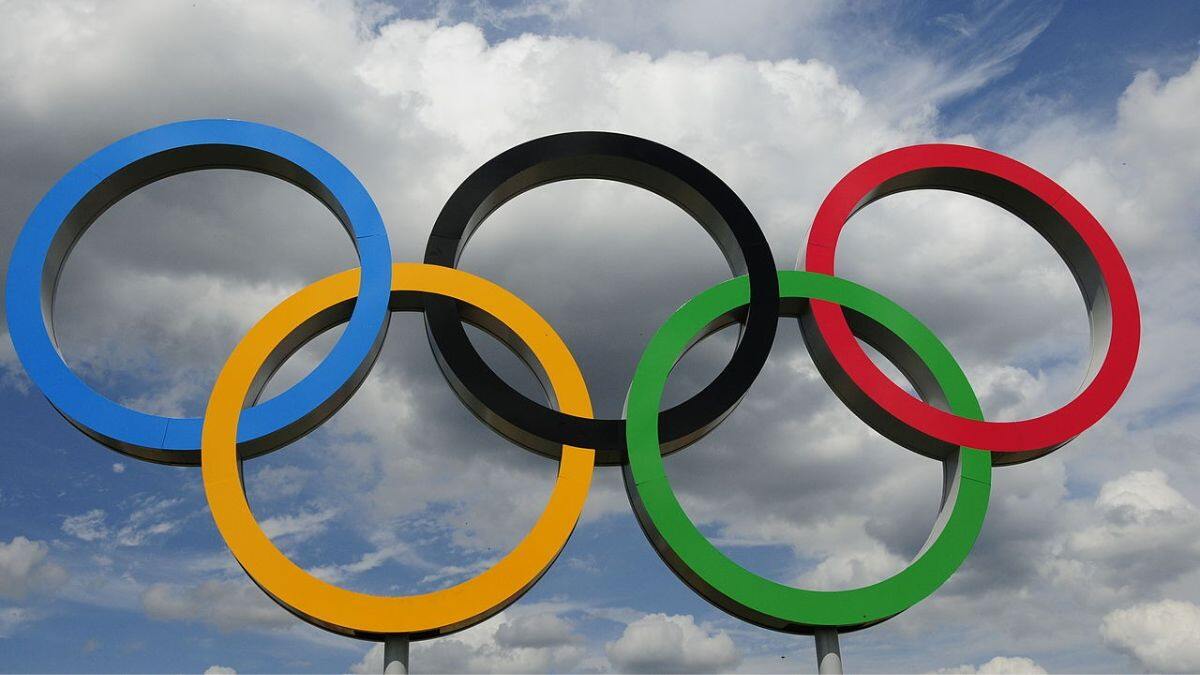The future of marketing is no longer confined to static ads, traditional media, or even social media campaigns. Instead, brands are leveraging immersive technologies such as augmented reality (AR) and virtual reality (VR) to create interactive and engaging brand experiences. These cutting-edge tools allow consumers to move beyond passive consumption and actively participate in digital experiences that bring products, services, and stories to life.
As digital marketing continues to evolve, AR and VR have emerged as game-changing technologies that blur the lines between the physical and digital worlds. In this article, we’ll explore the role of AR and VR in marketing, why businesses should invest in immersive experiences, and how Towerhouse Global can help brands harness augmented reality and virtual reality for unforgettable customer interactions.
1. The Rise of Augmented Reality and Virtual Reality in Marketing
What is Augmented Reality (AR)?
Augmented reality (AR) overlays digital elements, such as images, sounds, or animations, onto the real world using devices like smartphones, tablets, or AR glasses. Unlike VR, which creates a fully digital environment, AR enhances the real world with interactive digital content.
📌Examples of AR in Marketing:
✔AR Filters & Virtual Try-Ons – Brands like Sephora and Warby Parker allow customers to virtually try on makeup or glasses before purchasing.
✔AR Product Packaging – Coca-Cola has used AR-enabled cans that unlock interactive animations when scanned with a smartphone.
✔Retail & AR Shopping Experiences – IKEA’s AR app lets users place furniture in their homes before making a purchase.
What is Virtual Reality (VR)?
Virtual reality (VR) creates a completely immersive digital environment, requiring specialized hardware such as VR headsets (Oculus, HTC Vive, or PlayStation VR). VR allows users to step into 3D-rendered experiences where they can interact with digital environments as if they were real.
📌Examples of VR in Marketing:
✔Virtual Storefronts & Shopping – Brands like Tommy Hilfiger and Gucci have developed VR-enabled fashion shows and virtual stores.
✔Immersive Product Demos – Audi and Volvo offer VR test drives that let customers experience vehicles without visiting a dealership.
✔VR Brand Storytelling – The New York Times has launched VR documentaries, giving readers a 360-degree immersive experience of news stories.
✔Why AR & VR Matter in Marketing:
✅They enhance consumer engagement by making interactions immersive and memorable.
✅They create deeper emotional connections with the brand.
✅They provide valuable data on consumer behavior and preferences.
How Towerhouse Global Can Help:
We design immersive AR & VR brand activations that drive engagement and create lasting customer impressions.
2. Why AR & VR are the Future of Digital Marketing
- Enhanced Customer Engagement & Interaction
📌Why It Matters:
- Traditional marketing methods are often passive, whereas AR and VR marketing require consumers to actively engage.
- Users can interact with products in a virtual space, making them feel more connected to the brand.
📌Example:
- Nike Fit – Uses AR technology to scan feet and suggest the best shoe size, reducing returns and improving customer satisfaction.
✔How Towerhouse Global Helps:
✅We create AR-powered retail experiences that enhance customer interaction.
- Increased Conversion Rates & Purchase Confidence
📌Why It Matters:
- AR and VR reduce uncertainty in online shopping, helping consumers visualize products before buying.
- By allowing customers to experience a product virtually, brands can increase conversion rates and reduce return rates.
📌Example:
- L’Oréal’s AR Beauty Try-On – Lets customers test makeup virtually, increasing online sales.
✔How Towerhouse Global Helps:
✅We develop AR-based virtual try-on experiences that boost sales.
- Creating Shareable & Viral Content
📌Why It Matters:
- AR filters, VR experiences, and interactive campaigns encourage consumers to share content on social media.
- AR-powered branded filters have become a key driver of user-generated content (UGC).
📌Example:
- Pepsi Max’s AR Bus Stop Ad – Created a viral experiential marketing campaign, with digital elements appearing in real-world spaces.
✔How Towerhouse Global Helps:
✅We integrate AR & VR into digital marketing campaigns to maximize shareability.
3. AR & VR Trends That Will Shape the Future of Marketing
📌1. AR-Powered Shopping Experiences
✔ Virtual try-ons, AR-enabled packaging, and interactive storefronts will become the norm.
📌2. Virtual Showrooms & Product Demos
✔ Brands will use VR to create fully immersive virtual stores, allowing customers to browse and shop in 3D environments.
📌3. Mixed Reality Experiences (MR)
✔ MR blends both AR and VR, creating an even more seamless digital-physical brand experience.
📌4. AI-Driven AR & VR Personalization
✔ Brands will integrate AI with AR & VR to create hyper-personalized digital marketing experiences.
📌Example:
- Amazon’s AR Shopping Tool – Uses AI and AR to recommend products based on user preferences.
✔How Towerhouse Global Helps:
✅We implement cutting-edge AR & VR marketing strategies for brands looking to lead in digital innovation.
4. How Towerhouse Global Can Help Brands Implement AR & VR Marketing
📌Our Services:
✔Custom AR & VR Brand Experiences – From virtual try-ons to immersive showrooms.
✔AR Filters & Social Media Integration – We create AR-powered Instagram, TikTok, and Snapchat filters.
✔Virtual Event Production & VR Activations – We bring live events into the metaverse with interactive experiences.
✔Retail & E-Commerce AR Solutions – Enhancing online shopping with virtual try-ons and 3D product views.
📩Contact Towerhouse Global today to develop a custom AR & VR marketing campaign that captivates audiences and transforms brand engagement! 🚀
Final Thoughts: Why Brands Must Invest in AR & VR Marketing Now
✔Consumers are increasingly drawn to interactive brand experiences.
✔AR and VR create stronger engagement, higher conversions, and long-term brand loyalty.
✔These technologies are shaping the future of digital marketing and experiential marketing.
At Towerhouse Global, we specialize in:
✅Innovative AR & VR brand activations that drive engagement.
✅Seamless integration of immersive tech with digital marketing.
✅Creating memorable experiences that lead to increased brand awareness and sales.
📩Ready to future-proof your brand? Contact Towerhouse Global today to explore how AR & VR can transform your marketing strategy! 🚀




